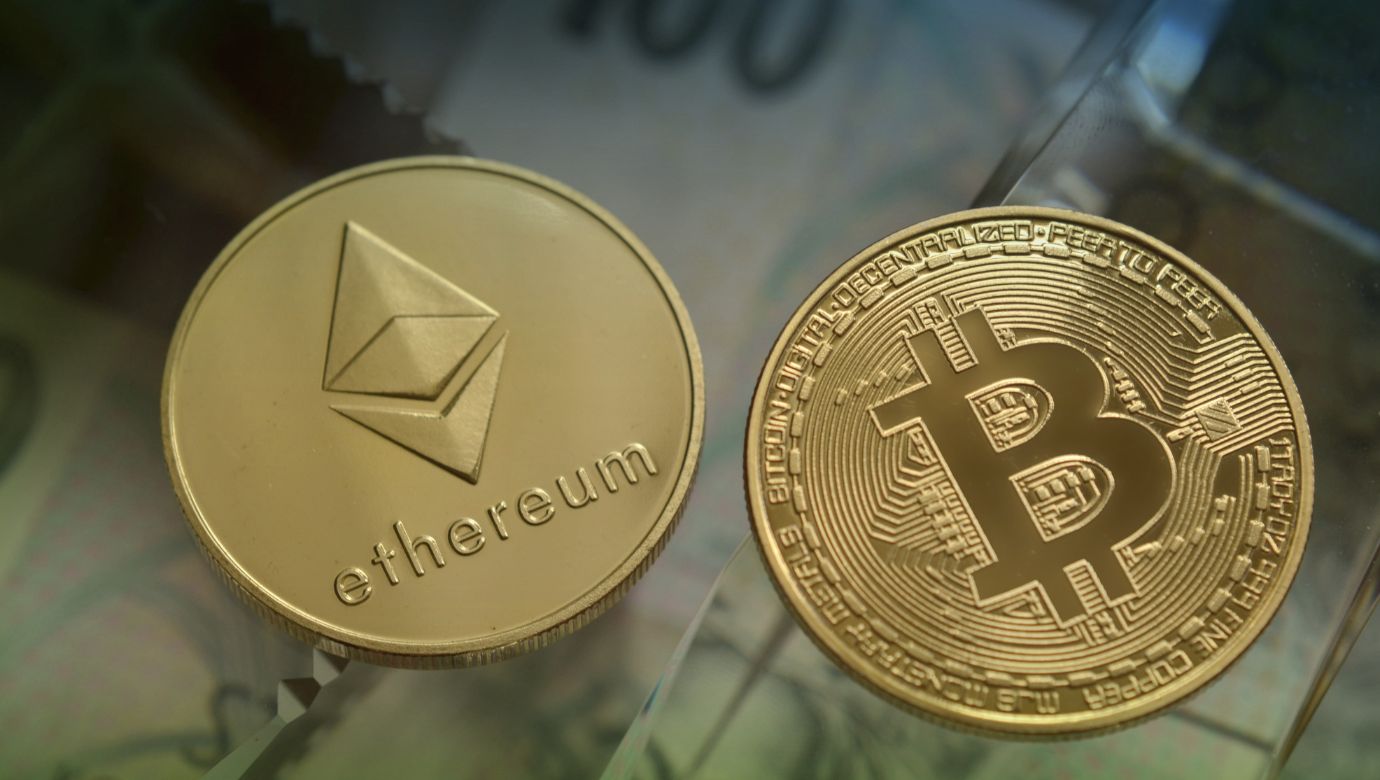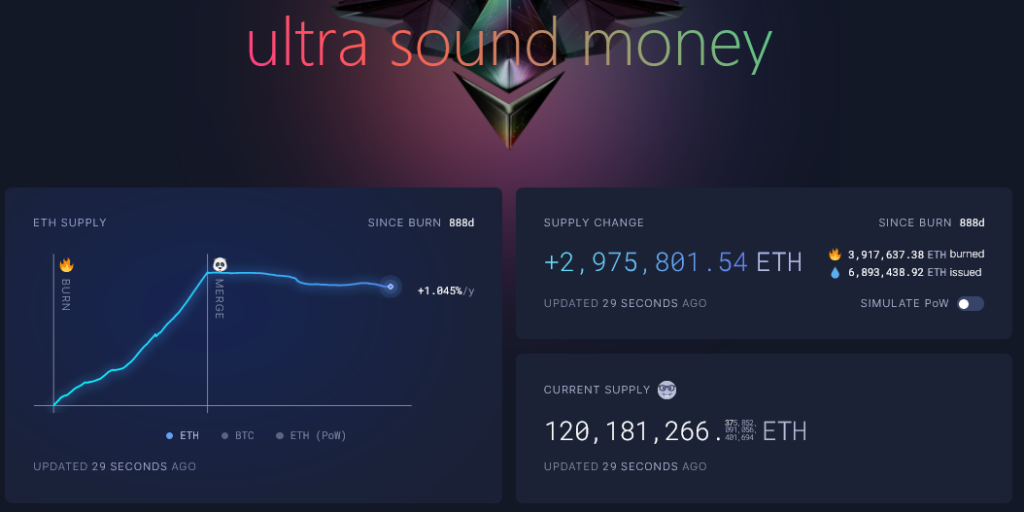Developer Thinks The Ethereum “Ultrasound Money” Narrative Exaggerated: Is It?

The term “ultrasound money” has been thrown around quite a bit in the Ethereum (ETH) community, often describing the network’s potential to become a deflationary asset with better tokenomics than Bitcoin (BTC). While some proponents believe this narrative is well-founded, others argue it is overstated and based on overly optimistic assumptions.
Is The Ethereum “Ultrasound Money” Narrative Exaggerated?
In a post on X, antiprosynthesis.eth, a developer, challenged the “ultrasound money” narrative, arguing that it is often accompanied by jargon that may conceal the reality of Ethereum’s monetary policy. Specifically, the analyst believes the narrative is a bit “overboard” and loaded with “a bunch of pseudo-scientific hocus pocus” that might mislead ordinary users.

Adopting a neutral view, antiprosynthesis.eth, Ethereum’s monetary policy is, most importantly, designed to be sustainable without the dangerous pitfalls of hyperinflation or excessive deflation. The developer argues that striking a balance in token emissions is critical.
In Ethereum’s case, this is achieved by burning a portion of gas fees. Following the activation of EIP-1559 in 2021, the first smart contracts platform changed its bidding system, creating a system where the network sets a base fee with the allowance for a user to “tip” the validator. The base fee is burnt, helping the network become deflationary–or, as researchers argue, sustainable.
In Bitcoin’s case, the network will continue to issue new coins to miners until all the 21 million BTC are distributed. This will be more than a decade from now. To achieve this, the Bitcoin protocol has been halving mining rewards. In the early years of Bitcoin, miners received 50 BTC whenever they confirmed a block of transactions. However, after the network halves in April, miner rewards per block will fall to 3.125 BTC.
The Road To Sustainability, Ethereum’s Issuance Rate Continues To Fall
Comparing the two approaches, the Ethereum developer notes that each system has its mechanism of ensuring its tokenomics are sustainable. The analyst adds that the “ultrasound money” narrative championed by supporters may be exaggerated and, to some degree, an overly optimistic assessment of ETH’s ability to be deflationary.
As of January 10, Ethereum has destroyed over 3.9 million ETH since the implementation of EIP-1559 based on the Ultra Sound Money data. During this time, the network issued more than 6.9 million.

This confirms that Ethereum has been burning more ETH recently; it remains inflationary, to a smaller degree, like Bitcoin. Still, unlike Bitcoin, Ethereum’s issuance rate has been dropping steadily due to increased token burning.
Developer Thinks The Ethereum “Ultrasound Money” Narrative Exaggerated: Is It?

The term “ultrasound money” has been thrown around quite a bit in the Ethereum (ETH) community, often describing the network’s potential to become a deflationary asset with better tokenomics than Bitcoin (BTC). While some proponents believe this narrative is well-founded, others argue it is overstated and based on overly optimistic assumptions.
Is The Ethereum “Ultrasound Money” Narrative Exaggerated?
In a post on X, antiprosynthesis.eth, a developer, challenged the “ultrasound money” narrative, arguing that it is often accompanied by jargon that may conceal the reality of Ethereum’s monetary policy. Specifically, the analyst believes the narrative is a bit “overboard” and loaded with “a bunch of pseudo-scientific hocus pocus” that might mislead ordinary users.

Adopting a neutral view, antiprosynthesis.eth, Ethereum’s monetary policy is, most importantly, designed to be sustainable without the dangerous pitfalls of hyperinflation or excessive deflation. The developer argues that striking a balance in token emissions is critical.
In Ethereum’s case, this is achieved by burning a portion of gas fees. Following the activation of EIP-1559 in 2021, the first smart contracts platform changed its bidding system, creating a system where the network sets a base fee with the allowance for a user to “tip” the validator. The base fee is burnt, helping the network become deflationary–or, as researchers argue, sustainable.
In Bitcoin’s case, the network will continue to issue new coins to miners until all the 21 million BTC are distributed. This will be more than a decade from now. To achieve this, the Bitcoin protocol has been halving mining rewards. In the early years of Bitcoin, miners received 50 BTC whenever they confirmed a block of transactions. However, after the network halves in April, miner rewards per block will fall to 3.125 BTC.
The Road To Sustainability, Ethereum’s Issuance Rate Continues To Fall
Comparing the two approaches, the Ethereum developer notes that each system has its mechanism of ensuring its tokenomics are sustainable. The analyst adds that the “ultrasound money” narrative championed by supporters may be exaggerated and, to some degree, an overly optimistic assessment of ETH’s ability to be deflationary.
As of January 10, Ethereum has destroyed over 3.9 million ETH since the implementation of EIP-1559 based on the Ultra Sound Money data. During this time, the network issued more than 6.9 million.

This confirms that Ethereum has been burning more ETH recently; it remains inflationary, to a smaller degree, like Bitcoin. Still, unlike Bitcoin, Ethereum’s issuance rate has been dropping steadily due to increased token burning.

